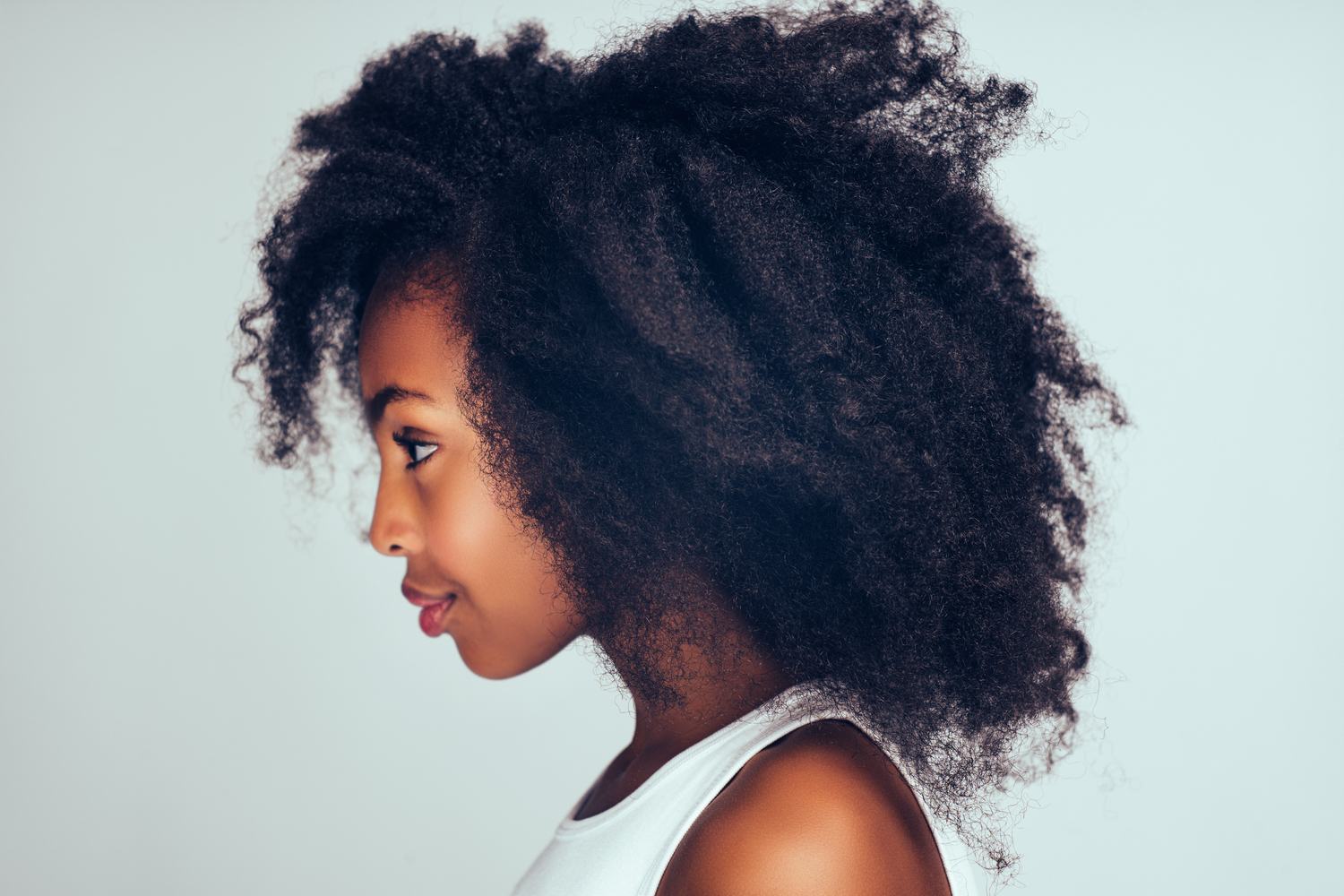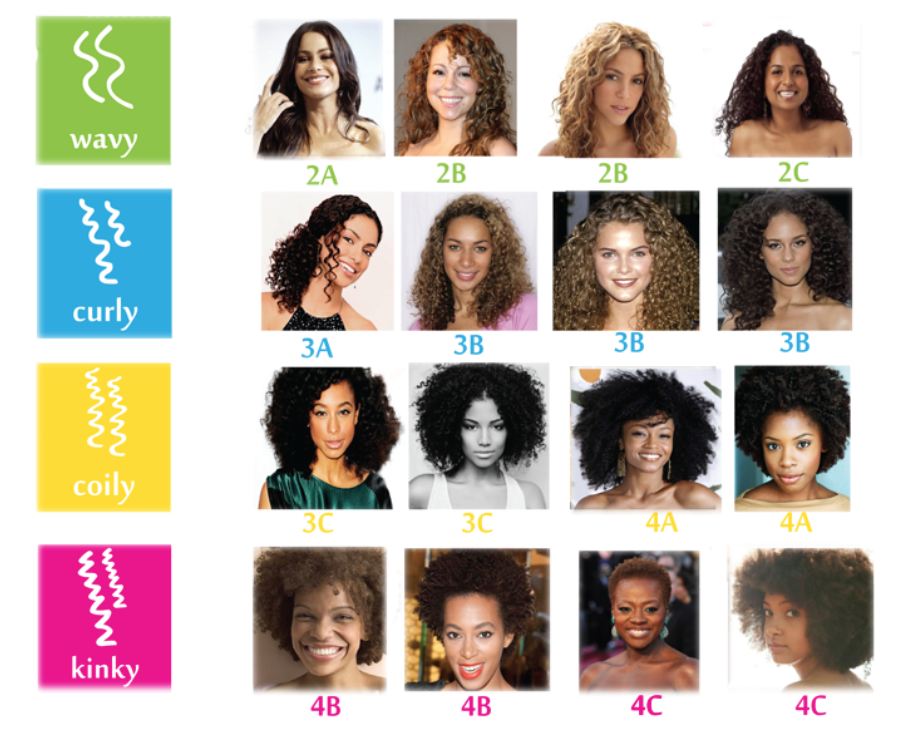
The best practices and products for caring for natural hair.
DETANGLING
Methods of detangling hair can vary depending on personal preference from finger detangling, wide tooth combs, Denman brushes, and Tangle Teezers. NEVER try to detangle dry hair. A spray bottle filled with water is a staple in any natural hair routine. Use conditioner or hair milk to help the process along. To prevent becoming overwhelmed, section the hair using hair ties, satin scrunchies, or butterfly clamps before detangling.
WASHING
Afro-Textured/Kinky/Coily hair doesn’t need to be washed everyday. African-American hair tends to be drier and produces less sebum oil than other hair types. Washing hair once to twice a week is more than enough. The Shea Moisture Kids line is a great place to start. Try to avoid frequently using shampoos with sulfate ingredients in them. Sulfates strip the hair. While this is great for removing oils from straight hair, it leaves textured hair dry and brittle with excessive use. Pro-tip: Using a t-shirt or microfiber towel to dry helps retain moisture.
HAIR TYPING & POROSITY
Understanding hair typing and porosity can help you find the right resources. Most African-Americans fall into the Type 3 or Type 4 category. Porosity will help you understand what the hair needs. Low porosity hair has very tight cuticles meaning it resists water absorption. If you find that the hair is excessively dry, try using a deep conditioner with the greenhouse effect – place a shower cap or conditioning cap over the hair for 30 minutes and allow body heat, steam, or indirect heat to open the cuticles and allow the product in.
Porosity breakdown: https://www.naturallycurly.com/texture-typing/hair-porosity

STYLING
When it comes to styling, protective styles are the best way to go. Kids lead very active lifestyles. Protective styles like twists, braids, and puffs help keep hair manageable. Keeping their hair in protective styles helps to hold moisture and prevents tangling and matting. Many protective styles are designed to last the week or longer. Be weary of styling with direct heat. Blow-drying or flat ironing on high heat can permanently damage hair. In addition to shampoo and conditioner, look into a leave-in conditioner and a styling cream. Lines like Shea Moisture, As I Am, Kinky-Curly, and Melanin Haircare are great. Many of them can be found at Target.
PROTECTION
Cotton pillows and sheets can rob hair of moisture as kids toss and turn during sleep. Silk/satin pillowcases or sleep caps can help keep hair moisturized and preserve their style for days. Sleep caps and bonnets can be found at any beauty supply store.
DON’T BE AFRAID TO ASK FOR HELP
There are a bevy of online resources and communities committed to educating about natural hair. Facebook groups like Natural Hair Kids, Type 4 Natural Hair, Curlfriends — Natural Hair boast thousands of members creating an open forum for questions and advice. Styleseat.com is a great site for finding a stylist in your city. Lastly, there are numerous YouTube influencers who post tutorials for their children. I’d recommend Naptural85, NaturallyChea, Yoshidoll, or you can simply search “Natural Hair Kids Tutorial”. For those interested in learning the science behind hair, I’d recommend checking out the GreenBeauty channel on YouTube.
BE MINDFUL OF YOUR WORDS
One of the most important tips is to remember to be mindful of the words you use. Learning about a different hair texture can be frustrating, but remember that the kids are always listening. Please avoid using words that disparage their hair like “difficult, unruly, good/bad hair.” Hair discrimination is real. Do your best to reaffirm their self-esteem and teach them to love the skin they’re in.


